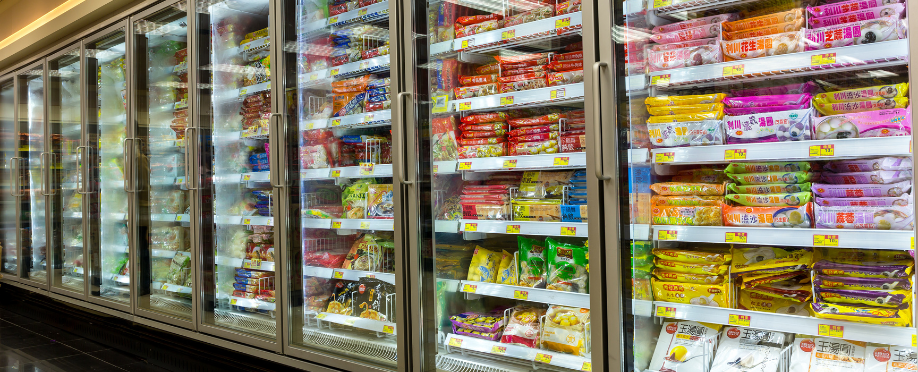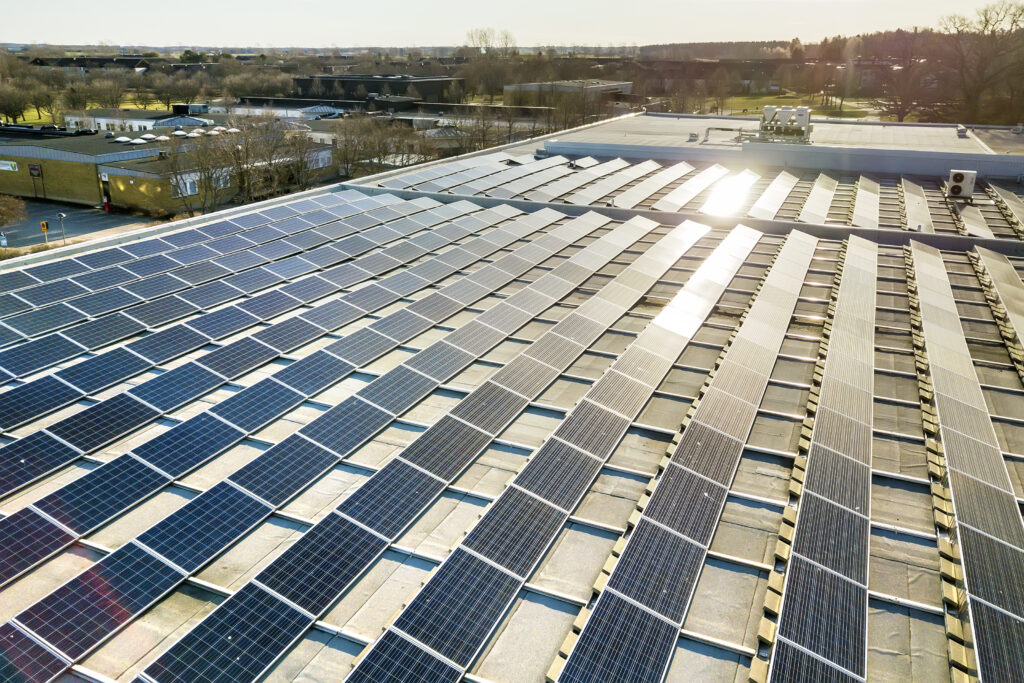
It seems like only yesterday that American retailers were forced to make significant changes to the way they do business thanks to the COVID-19 pandemic. Now, they’re about to see the retail landscape altered forever again: In light of the Inflation Reduction Act (IRA), which offers (along with other historic legislation) uncapped tax credits for clean energy reform and has led to recent predictions that the U.S. is “poised to become the world’s leading energy provider,” sustainability in retail promises to be the next big trend.
At the state level, California recently took the country by storm with its clean energy bill, which requires 100% clean energy statewide in the next 10 years, and Advanced Clean Cars II regulation, which calls for 100% new (ZEVs zero-emission vehicles) sales by 2035. Fourteen other states also abide by California’s vehicle laws and are expected to follow suit with similar legislation in the near future. Together, all 15 states represent 40% of the nation’s new car sales.
“As a recent transplant to California, this initiative struck me as an instrumental move, not just to improve the state’s energy footprint, but it signals to the rest of the country the way the winds are blowing,” said Tony Parkinson, Senior Vice President of West Coast Operations for City US.
Parkinson hails from the UK. On that side of the world, clean energy legislation has been sweeping both Europe and the United Kingdom for some time. “With California’s landmark bill and the IRA, it’s clear that we’re in for massive changes in the States,” Parkinson said. “And retailers can’t afford not to be at the forefront of this kind of paradigm shift.”
Below are a few of the emerging retail sustainability trends that retailers such as grocery stores and convenience stores should be aware of as they gear up for the rapidly shifting landscape of the retail industry over the next decade.
Sustainability: What Are the Recent Trends in Retailing?
1. Charging Stations for Electric Vehicles
In the United States, fewer than 1% of vehicles on the road are electric (or EVs), California account for 43 percent of the total US EV market. But several corporations are already working to change that. Much like the UK’s EVFA pact, major companies in the U.S. — representing over 1.5 million vehicles on the road — have formed the Corporate Electric Vehicle Alliance and pledged to procure up to 333,000 vehicles in the next five years. Part of their strategy involves raising public awareness to inspire others to follow suit.
With the push for electric vehicles, savvy retailers aren’t wasting any time adding EV charging stations, as EV drivers are more likely to shop — and shop for longer periods of time — in stores that offer this convenience. However, as critical as the adoption of EV charging infrastructure may be, most retailers currently don’t have the electrical capacity to be able to offer this to customers at full scale.
This is where demand side management comes in, Parkinson said. That is, the ability to shift facilities’ loads with the purpose of, first, managing costs, and second, reducing the demand on the energy grid. This brings us to the next trend …
2. Energy Management
With increasing energy loads demanded by the rise of EV, not to mention rising energy costs, it’s become a no-brainer for retailers to invest more heavily in technologies that boost energy efficiency. Refrigeration and HVAC represent two of the largest energy loads for grocery stores and other retailers. Managing their demand on the grid is essential in order to make room for new technologies like EV chargers.
This is where it can be helpful to work closely with a facilities management company well-versed in energy management to track usage, offer forecasting, recommend technologies, and create a long-term strategic roadmap.
The right partner will work in alignment with net zero standards to prevent refrigerant leaks as well as reduce the energy consumption of facilities equipment. This can amount to huge savings, Parkinson pointed out. For instance, City’s holistic approach to sustainability has been proven to reduce retail store energy consumption by 50% or more in addition to lowering costs.
Using an energy management system (EMS) is a vital way for monitoring and controlling the energy consumption of units like refrigeration, hot bars, and other food and beverage equipment. For example, City has developed robust analytics platforms that target anomalies in asset specification or energy consumption. Their tool known as Spark+ monitors the data received from thousands of energy meters along with live weather data and presents anomalies to their central bureau for rapid action, ensuring consumption is kept low and there won’t be a surprise on the next energy bill. AI tools also monitor refrigeration temperatures as well as forecasting performance at a case level, preventing food from going to waste and directing field resources through predictive maintenance scheduling.
3. IoT Asset Management
As companies are increasingly focused on energy, the monitoring and use of data is becoming a big trend. This is where IoT infrastructure comes in, which gives facilities managers central control over assets by placing hundreds or even thousands of sensors on equipment to connect multiple different platforms for one source of truth. In this way, computer-aided facility management (CAFM) software and computerized maintenance management systems (CMMS) are integrated and all their data are aggregated for easy decision-making and automatic optimization.
“An IoT system can sit in the cloud or on site. It builds an environment where everything can ‘talk’ together and brings visibility to all the performance data into one single pane of glass,” Parkinson said. “This allows for complete clarity and transparency so management can understand on a granular level about their energy consumption and savings and take action either automatically or manually.”

4. Green Building Construction
Another big trend in retail is green building construction and renovations. This can involve anything from employing sustainable practices during the construction process and using sustainable building materials to building renewable energy resources into the facility itself.
Not only does green building help save on energy costs down the line, but retailers can also take advantage of tax credits for integrating zero-carbon technologies. An engineering and design partner experienced in sustainable building practices can help recommend the latest technologies to assure optimal energy efficiency, environmental impact, and maintenance costs. Data gathered from facilities performance can help inform future specifications and equipment selection, allowing businesses to drive down installation and total operating costs.
Keep Up with the Latest in Retail Sustainability Trends
Based on global trends and the passing of the IRA, it’s clear that sustainability is the future, with experts predicting the climate economy is “about to explode.” The sooner grocers and other retailers begin investing in these new technologies, the sooner they can be prepared to meet the standards of the future — which will be here sooner than we know it.

 2016: City US is established in North America, in partnership with Southeastern Grocers (SEG), servicing over 750 supermarkets across 7 southern states.
2016: City US is established in North America, in partnership with Southeastern Grocers (SEG), servicing over 750 supermarkets across 7 southern states. 1985: Willie and Susan Haughey establish City Refrigeration Holdings (UK) Ltd in Glasgow, UK.
1985: Willie and Susan Haughey establish City Refrigeration Holdings (UK) Ltd in Glasgow, UK. 2009: City Australia launches in Melbourne, in partnership with Coles, servicing over 700 supermarkets across the country.
2009: City Australia launches in Melbourne, in partnership with Coles, servicing over 700 supermarkets across the country. 2015: City Asia launches in Kuala Lumpur, Malaysia, in partnership with Dairy Farm, servicing over 205 supermarkets across the region.
2015: City Asia launches in Kuala Lumpur, Malaysia, in partnership with Dairy Farm, servicing over 205 supermarkets across the region.